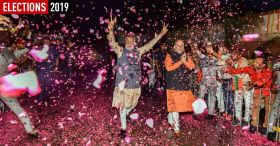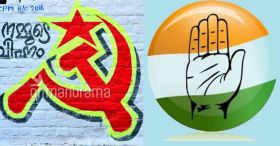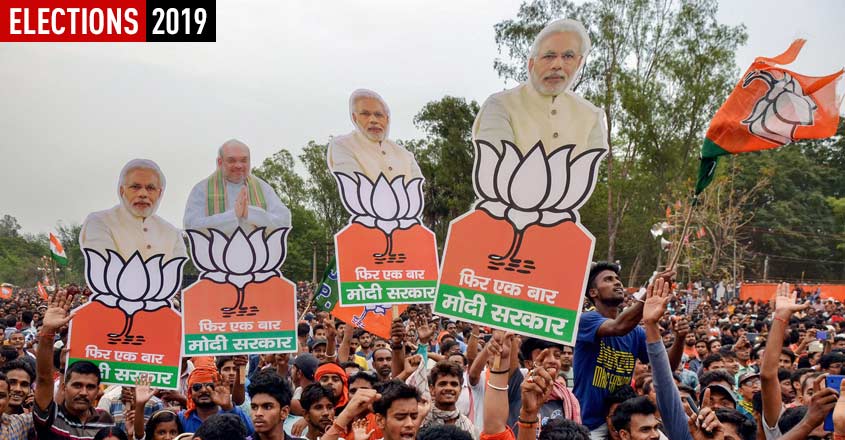
There are no surprises in store. The ruling-National Democratic Alliance (NDA) is returning to power comfortably riding mainly on a wave of gains in Hindi heartland states of Uttar Pradesh, Bihar, Madhya Pradesh and Rajasthan.
Maharashtra, which sends the second largest contingent of lawmakers to the Lok Sabha, has also repeated its trust on the NDA.
The NDA has also made major inroads in West Bengal and Odisha and backed it up with a stellar performance in Karnataka, which remains the lone southern state where it managed to make a commendable footprint.
Barring Karnataka, the results show deep divisions in the country with the northern states belligerently backing the NDA while the south resisted it yet again.
The Congress failed to capitalise on its gains in the Assembly polls in Madhya Pradesh, Rajasthan and Chhattisgarh.
While Madhya Pradesh and Rajasthan were cliffhangers in assembly polls, the electorate backed the NDA to the hilt without doubt in the Lok Sabha polls.
The preference pointer is obvious – the voters had a grouse with the BJP dispensations in these states in the assembly polls and it reflected in the results. But the mood of the electorate in these Hindi heartland states overwhelmingly favoured a Modi-led dispensation.
This could have been influenced by the jingoistic concerns blatantly propagated by the BJP, vis-a-vis the Balakot strikes and the resultant polarisation.
If that is the case, this mandate is setting a wrong precedence. It proclaims that you just need heightened tensions and some military adventure ahead of polls to sweep away real-life concerns of the layman to the hinterland of the political spectrum.
In other words, any dispensation can move around with little concern for the layman but can return to power with sound and fury signifying nothing.
That pretty much sums up the BJP's comfortable journey to power by sweeping Hindi heartland states powered by jingoistic concerns and a misplaced sense of nationalism.
It also won the poll agenda in these states – the stark reality of polarising the majority community, read Hindus, whether you like it or not. That was achieved mainly by driving home a propaganda that all those who oppose Modi and the BJP are in turn acolytes of Pakistan or rather anti-national.
The subtext of this propaganda is that this was a battle between pro-Pak elements, read minority backers, and Modi, read the guardian angel of Hindus.
The result was obvious. The Congress failed to expose this. It harped on Rafale, which did not resonate much with the electorate in the Hindi heartland. Perhaps, the Pulwama terror attack and the Balakot strikes resonated more with the BJP's core constituency in the cow belt states though it failed to yield results in the south.
But that was all the BJP needed – Uttar Pradesh and Maharashtra sends the maximum number of lawmakers to the Lok Sabha and the BJP managed to cling on to its superb show in 2014 in these states.
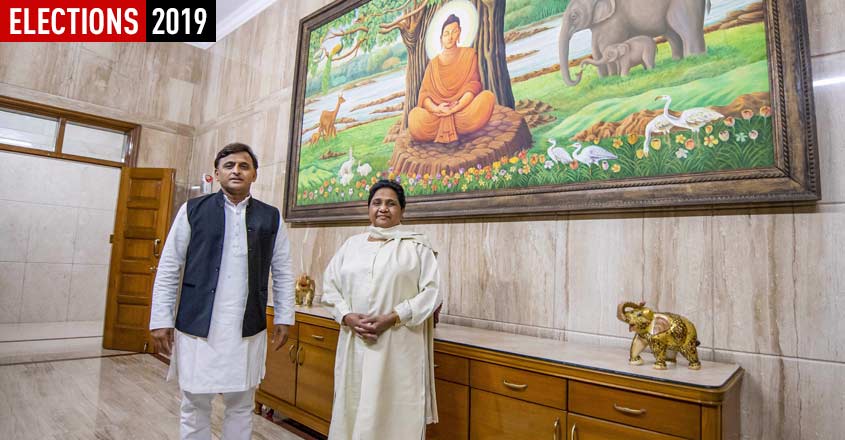
That the Mahagatbandhan between SP-BSP in Uttar Pradesh was seen as a stitched up coalition by the electorate also helped the BJP.
The failure of the SP-BSP combine to rope in the Congress to its fold was also perceived as the opposition's narrow political agenda of thwarting a BJP regime.
Thus, the BJP pocketed UP, Maharashtra, Gujarat and Bihar, states ruled by it. But the Congress' failure to capitalise on assembly poll results in Madhya Pradesh, Rajasthan and Chhattisgarh calls for deep introspection.
It needs to figure out if a power tussle between CM Ashok Gehlot and deputy CM Sachin Pilot played out in Rajasthan, similar to the situation immediately after assembly polls.
In Madhya Pradesh too the Congress government appeared shaky from its inception, perhaps giving a feeling to the electorate that only the NDA could provide a stable dispensation at the Centre.
Karnataka is a similar case. The Congress-JD(S) coalition was seen as a hastily stitched up one in the assembly. The state government led by Kumaraswamy was foisted with the sole aim of thwarting a BJP regime.
Moreover, it did not even bother to proclaim a semblance of unity to the electorate, which saw an opportunity to give a jolt to the Congress-JD (S) dispensation.
The LS results would also mean the state governments in Karnataka and Madhya Pradesh may fall apart in the near future.
Odisha's voters returned the Biju Janata Dal government to power but opted to give BJP enough space in the state for the Lok Sabha polls.
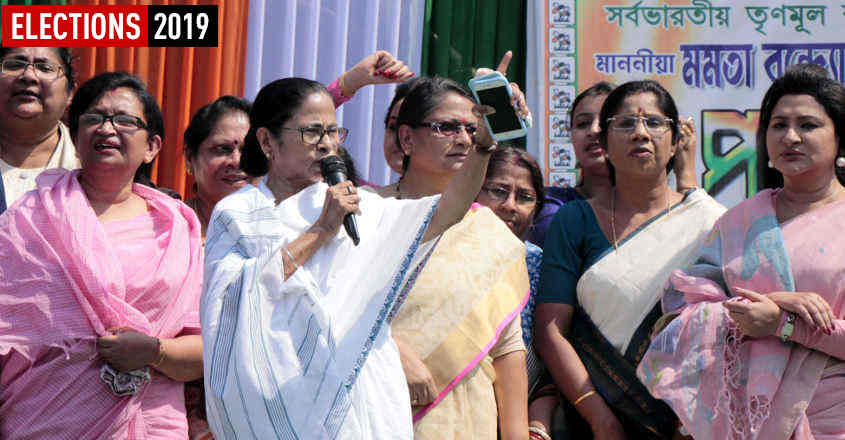
In Bengal too, though the Trinamool managed to just about retain its grip, the BJP made inroads riding on the disenchantment with the Mamata dispensation's roughshod and authoritarian ways of governance.
The Left continued its downward spiral and is almost out of the picture in Bengal, a state the CPM ruled continuously for more than three decades.
So the mandate is clear, but the nation is almost witnessing a north south division in the priorities of the electorate.


